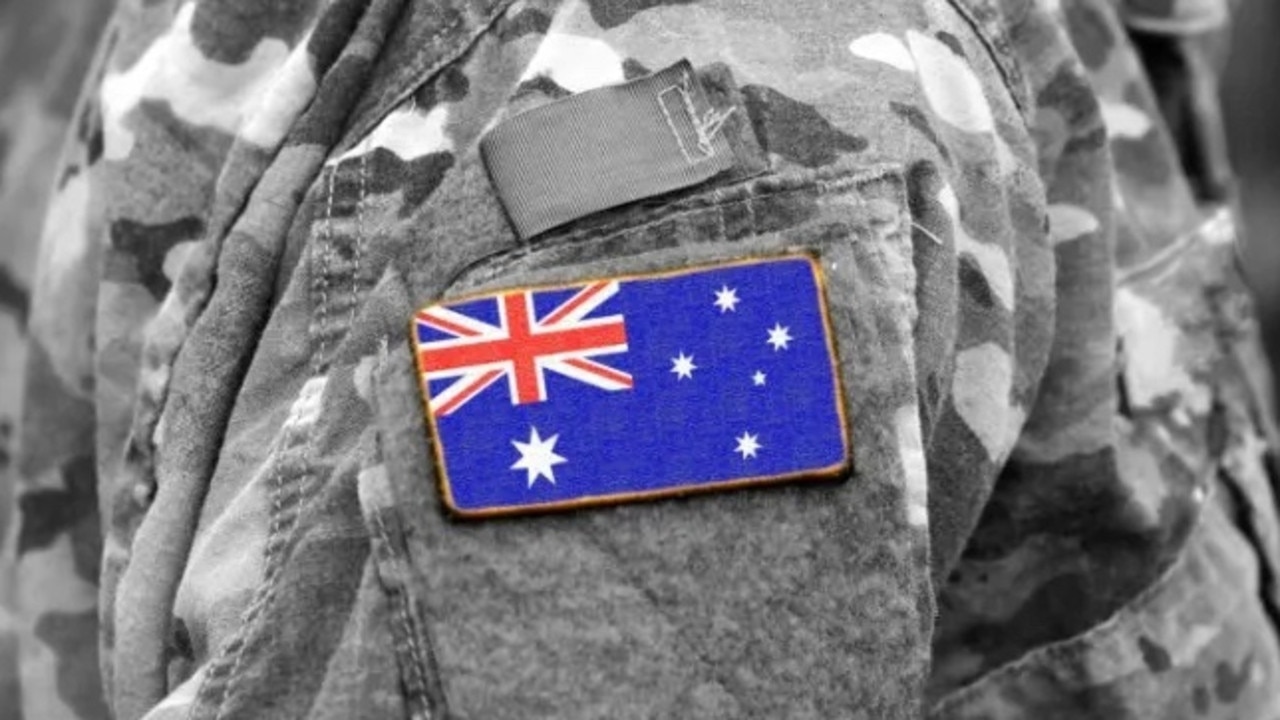Are these ‘dangerous’ foods really all that bad?
THERE have been all sorts of foods added to the ‘dangerous’ list lately. But what’s the truth? Should these delicious meals really be avoided altogether?

Health
Don't miss out on the headlines from Health. Followed categories will be added to My News.
IS BACON really as bad for you as cigarettes? Are artificial sweeteners linked to tumours? Should you swear off grains?
You may be pleased to learn that many of your favourite foods are not the ticking time bomb you have been led to believe.
FEARFUL FOOD 1: BACON
We’ve all seen the recent headlines: bacon ranks alongside tobacco as cancer causing. Not just the crispy side you have with eggs, the claim goes for all ‘processed’ meats (sausages, salami, corned beef and ham) and red meat, too.
But the real dangers are not quite as worrying as the subsequent headlines would have you believe. The World Health Organisation makes it clear that the risk is in relation to how much and how often. Current national dietary guidelines recommend individuals who eat red meat limit processed varieties and consume no more than 65 to 100g of cooked lean sources of red meat, three to four times a week.
Fact: While there’s still room for the occasional slice of bacon for brekkie or a few snags at a barbecue, the latest advice should only help make Aussies more aware of the cancer risks associated with excessive intakes — which includes both red meat and processed meat.
FEARFUL FOOD 2: BUTTER

Confused about butter? Don’t blame you, because the research surrounding butter is bipolar. After decades of being told that butter — or, rather, the artery-clogging saturated fat it contains is a clear-cut no, research continues to question the supposed link between saturated fat and risk of heart attacks.
The question we should be asking is what people are eating instead of saturated fat? Replacing saturated fats with refined starch and added sugar (think low-fat yoghurt, rice crackers, processed snacks) won’t do your heart any favours, in fact will make it worse. However, replacing saturated fat with other plant-based oils and/or foods naturally low in fat, such as fruit, vegetables and wholegrains is certainly proven to reduce your risk.
Fact: Some saturated fat is not harmful, however, there is no evidence indicating it is beneficial either (and that goes for coconut oil, too). So go ahead and enjoy a little butter on your bread and occasionally in cooking, but most of the time there are far healthier fats to use including extra virgin olive oil, nut spreads or avocado.
FEARFUL FOOD 3: GLUTEN

The fear of gluten has become so widespread its existence in part fuels a booming market for a wide range of gluten-free products. Perfectly convenient for those with medically diagnosed cealiac disease, which affects approximately 1 in 70 Australians, but for the vast majority, the decision to adopt a diet devoid of this particular protein (found in grains like wheat, rye, and barley) is based on the assumption that it is a healthy thing to do.
The problem is, an increasing number of people are self-diagnosing ‘gluten intolerance’ (also known as Non-Cealiac Gluten Sensitivity) or being diagnosed without appropriate medical evaluation.
Non-Cealiac Gluten Sensitivity describes a set of symptoms people attribute to dietary gluten (abdominal pain, diarrhoea, bloating and excessive wind), however the cause and treatment is not well understood and research remains unclear as to whether gluten is the actual offender. Some studies even speculate whether sensitivity to gluten might be ‘all in the head’ — a mindset determined by diet fads or just another excuse to avoid carbs.
Fact: While the evidence concerning Non-Cealiac Gluten Sensitivity remains unsubstantiated, you should consider gluten innocent until proven guilty.
FEARFUL FOOD 4: ARTIFICIAL SWEETENERS

What makes life so sweet for those who are counting calories is artificial sweeteners — yet a subject of controversy since it was approved in the 80s. Found in an abundance of foods and drinks labelled “diet” or “sugar-free,” artificial sweeteners are considered safe by Food Standards Australia New Zealand for most people, with the exception of people with phenylketonuria (a rare genetic disorder which all newborn babies in Australia are screened for). However, a number of studies have also shown adverse effects — but with limitations, meaning the effects shown only in animals and dosages used were many times greater than it would be possible to eat or drink.
Safety aside, another major concern is their affect on the body’s ability to gauge how many calories are being consumed. In other words, artificial sweeteners may not be an effective way to manage a craving for sweets, which in the long term can promote weight gain.
Fact: Artificial sweeteners are safe, but whether they help or harm your waistline is unknown. Let’s not forget that the presence of sweeteners (as with all additives) indicates that food is more heavily processed and should not be consumed in large amounts anyway. Go figure!
Kathleen Alleaume is a nutrition and exercise scientist and author of What’s Eating YOU?
Originally published as Are these ‘dangerous’ foods really all that bad?






